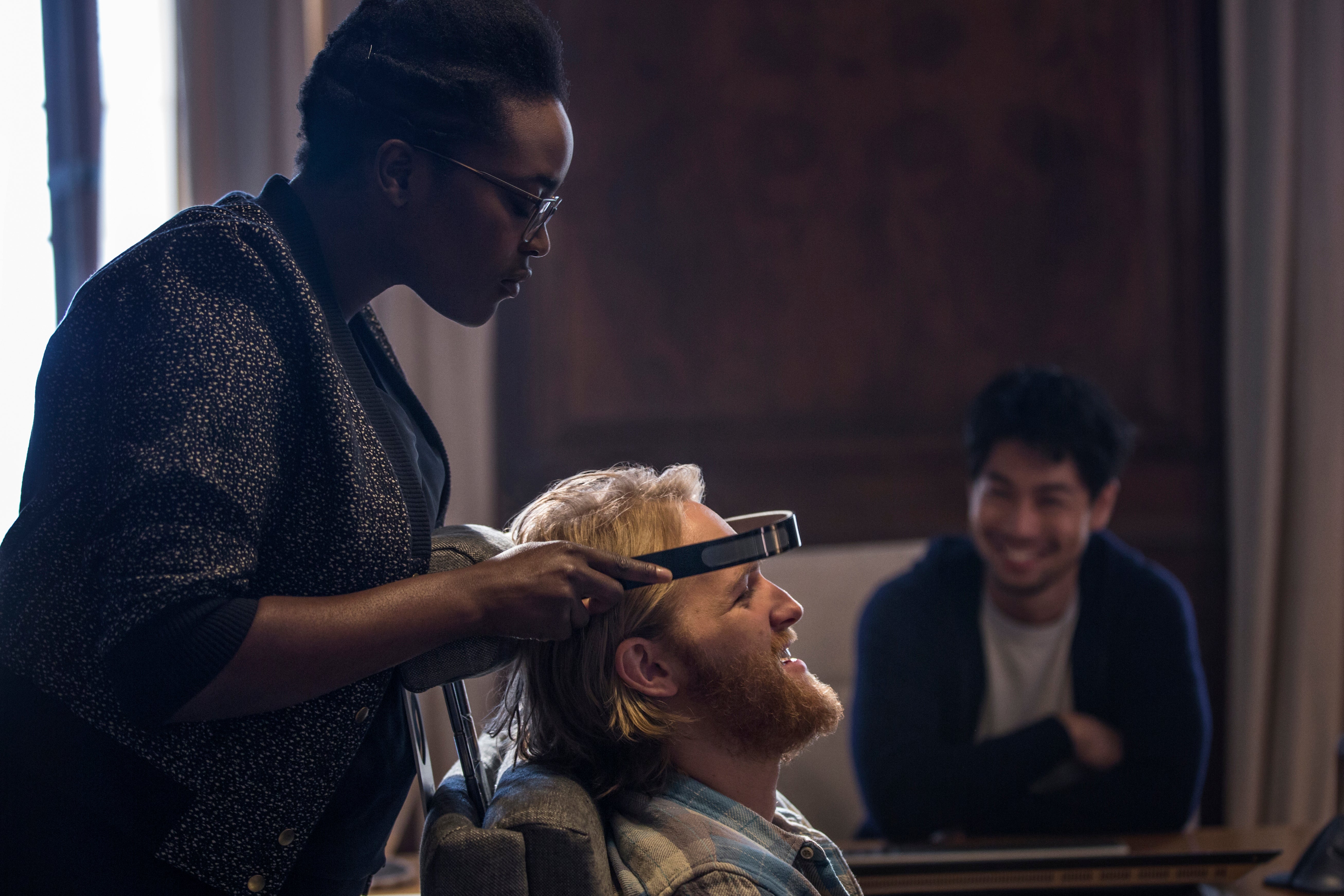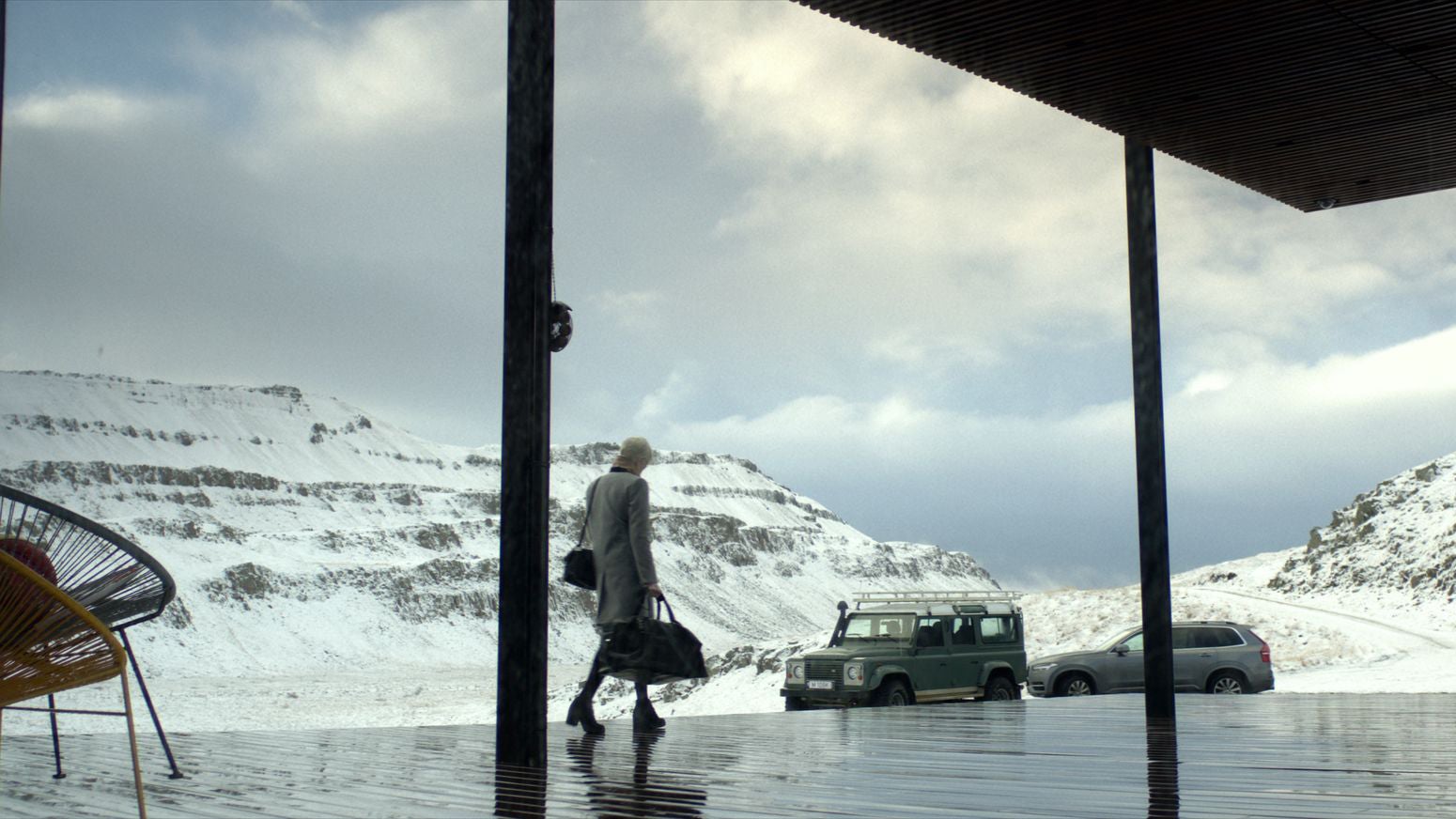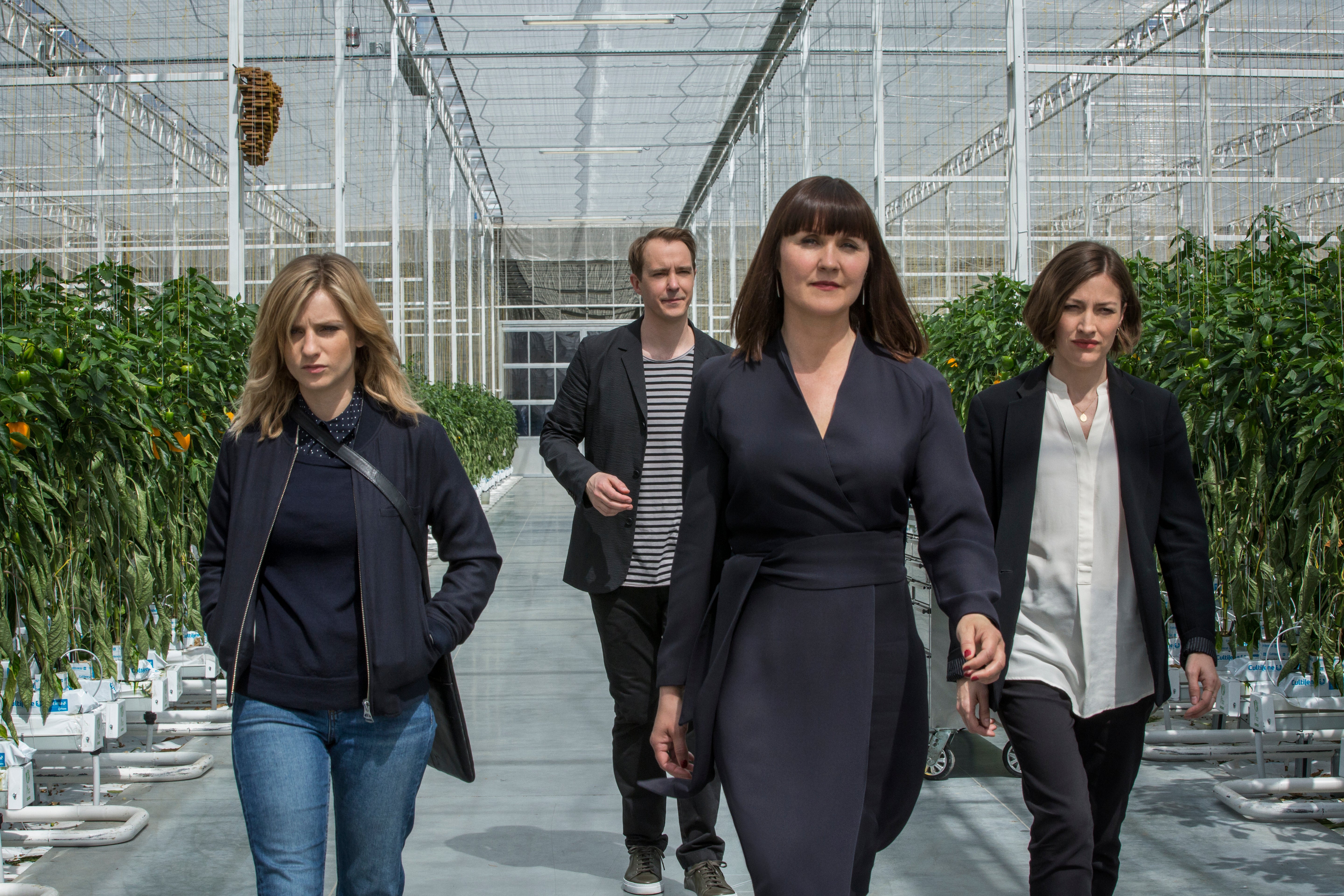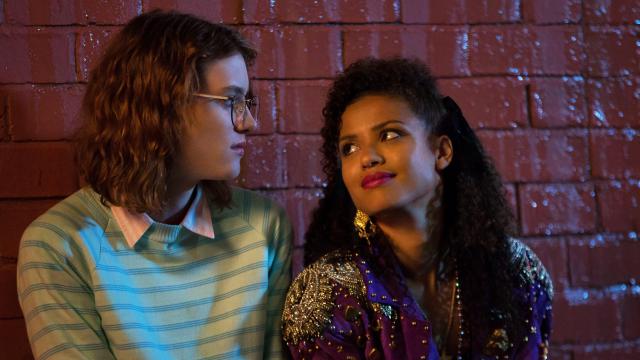Black Mirror returns to Netflix this week for its sixth season, and we’re looking forward to being freaked out by fresh episodes that reflect our own world back at us in satirical, frightening, and insightful ways. While Black Mirror is an anthology series, it’s not hard to pick up certain themes that shine through on a repeat basis.
A lot of what Black Mirror preaches is obvious — for instance, we all know social media rarely speaks the whole truth — but series creator Charlie Brooker and his team have a way of dramatizing these scenarios in ways that amplify worst-case scenarios to dazzling, disturbing heights. The world of Black Mirror is fictional, but it also feels real… almost too real. Proceed into the future with caution, and keep all these lessons in mind.
Social media makes you fake

As season three episode “Nosedive” perhaps best illustrates, there’s no more potent way to compromise your authenticity than orchestrating your entire life around racking up as many “likes” as possible. The status-obsessed Lacie (Bryce Dallas Howard) lives in a world that uses social-media ratings as actual currency, and builds toward the revelation that there’s nothing more freeing than ceasing to care what anyone — particularly anyone who judges you based on what an app says you’re worth — thinks about you.
Always keep watching

In the grand tradition of one of its main inspirations, The Twilight Zone, Black Mirror is extremely fond of twist endings; nearly every episode contains a third-act shock or revelation. (Sometimes, it even comes during the credits, so don’t hit “next episode” until you’re sure things are really over.) Just one example is seen here: season three’s “Playtest,” which borrows from one of the most famous Twilight Zone episodes ever (Ambrose Bierce adaptation “An Occurance at Owl Creek Bridge”), in which most of the action actually takes place in a fraction of a moment as the protagonist is dying.
Question reality

This is another regular theme across Black Mirror’s run. Season two’s “White Bear” gave us a murderer given nightly memory wipes so she can re-live the same terrifying day, never realising everything is staged as part of her punishment. In “White Christmas,” the special that ran after season two, we meet another murderer unknowingly placed in an artificial environment as a means to pry a confession out of him. Season four’s “Hang the DJ” layers the concept over a sweet story about matchmaking apps. And in yet another example, season three’s “Man Against Fire” gave us a soldier (Malachi Kirby) who thinks he’s battling mutant monsters dubbed “roaches” — until the military-issued implant that’s controlling his perception is damaged, and he realises he’s been part of a campaign of ethnic genocide.
Choose your own adventure… carefully

Between seasons four and five, Netflix released Black Mirror: Bandersnatch, an interactive film that allows the viewer to chart a path for its characters. The format — which caused a bit of a dust-up with the company behind the Choose Your Own Adventure — was a creative and well-suited gimmick for Black Mirror, though like those much-loved kids’ books, viewers learned they had to to choose carefully if they wanted to set the story’s protagonist (Fionn Whitehead) on the most satisfying path.
Fantasies are not reality

Season four’s “USS Callister” and season five’s “Striking Vipers” both explore the idea of creating a vivid fantasy world online that clashes with expectations in the real world. But their different approaches illuminate just how creative Black Mirror can get when examining similar themes. In one take, we meet a disgruntled video-game designer (Jesse Plemons) who steals his co-workers’ DNA so he can entrap their digital clones in a version of his Star Trek-inspired game where he’s almighty and powerful. In another, we follow two men (Anthony Mackie and Yahya Abdul-Mateen II) whose friendship takes a turn when their avatars begin hooking up in the video game they play together. The episodes find their way to different conclusions — one involves comeuppance, the other compromise — but both explore what happens when life online starts to feel more comfortable than circumstances in the physical world.
Memories have tremendous power

“The Entire History of You,” from Black Mirror’s first season, takes place in a world where people can review their memories on demand — something that becomes a ugly obsession for a man (Toby Kebbell) who believes his wife (Jodie Whittaker) has been unfaithful. Season four’s “Crocodile” puts a more clinical (but no less ugly-obsession-inducing) spin on the idea; we meet an affable insurance investigator (Kiran Sonia Sawar) who routinely accesses other people’s memories as part of her job — then inadvertently recovers dark secrets a woman who’s desperate to put the past behind her (Andrea Riseborough) will do anything to protect.
Stunt casting is sometimes the best casting

Black Mirror has no trouble populating its cast with big stars, but season five’s “Rachel, Jack and Ashley Too” is greatly elevated by Miley Cyrus’ performance as teen pop sensation Ashley O, whose life of pastel wigs and sparkly smiles is not at all what it seems. Cyrus also plays Ashley Too, an AI-powered doll whose consciousness is actually a clone of the singer’s, as well as the hologram (“Ashley Eternal”) her controlling manager crafts in her exact image. The casting plays into Cyrus’ own celebrity persona, and while the episode isn’t without its flaws, it’s hard to imagine it working as well as it does without her.
Technology is no substitute for humanity

Season two’s “Be Right Back,” about a grieving pregnant woman (Hayley Atwell) who comes to regret allowing AI to reconstruct her recently deceased partner, is probably Black Mirror’s most poignant exploration of one of its favourite topics: the yawning divide between humans — who are rife with emotional messiness, flaws, and imperfections — and technology that tries its best to mimic humans, but instead produces unintentionally unsettling results.
Don’t trust technology

Obviously! This is Black Mirror we’re talking about! Every episode famously digs into some variation on this theme — “Never trust a guy in tech,” season four episode “Black Museum” flat-out warns us — so there are many examples to choose from. Season three’s “Hated in the Nation,” a sort of high-tech creature feature, imagines robotic bees engineered to mimic endangered bees are suddenly hacked and deployed as tiny assassins, guided to their next target by a hashtag threatening “DeathTo” people who’ve racked up notoriety online.
But… not all technology is bad

Third-season standout “San Junipero” delivered something most Black Mirror episodes don’t: a happy ending. When Yorkie (Mackenzie Davis) encounters Kelly (Gugu Mbatha-Raw) at a dance club, we’re so caught up in their budding romance that we almost don’t notice there’s something off about their meet-cute. Like most tales in the Black Mirror universe, there’s a darkness lurking just beneath, as we learn San Junipero is a virtual-reality environment, and the lovebirds are actually younger versions of their frail, elderly selves. It’s a bumpy road to get there, but seeing them happily reunite in a virtual afterlife might just be the greatest Black Mirror twist to date.
